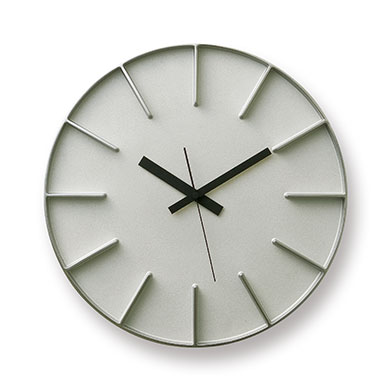Story
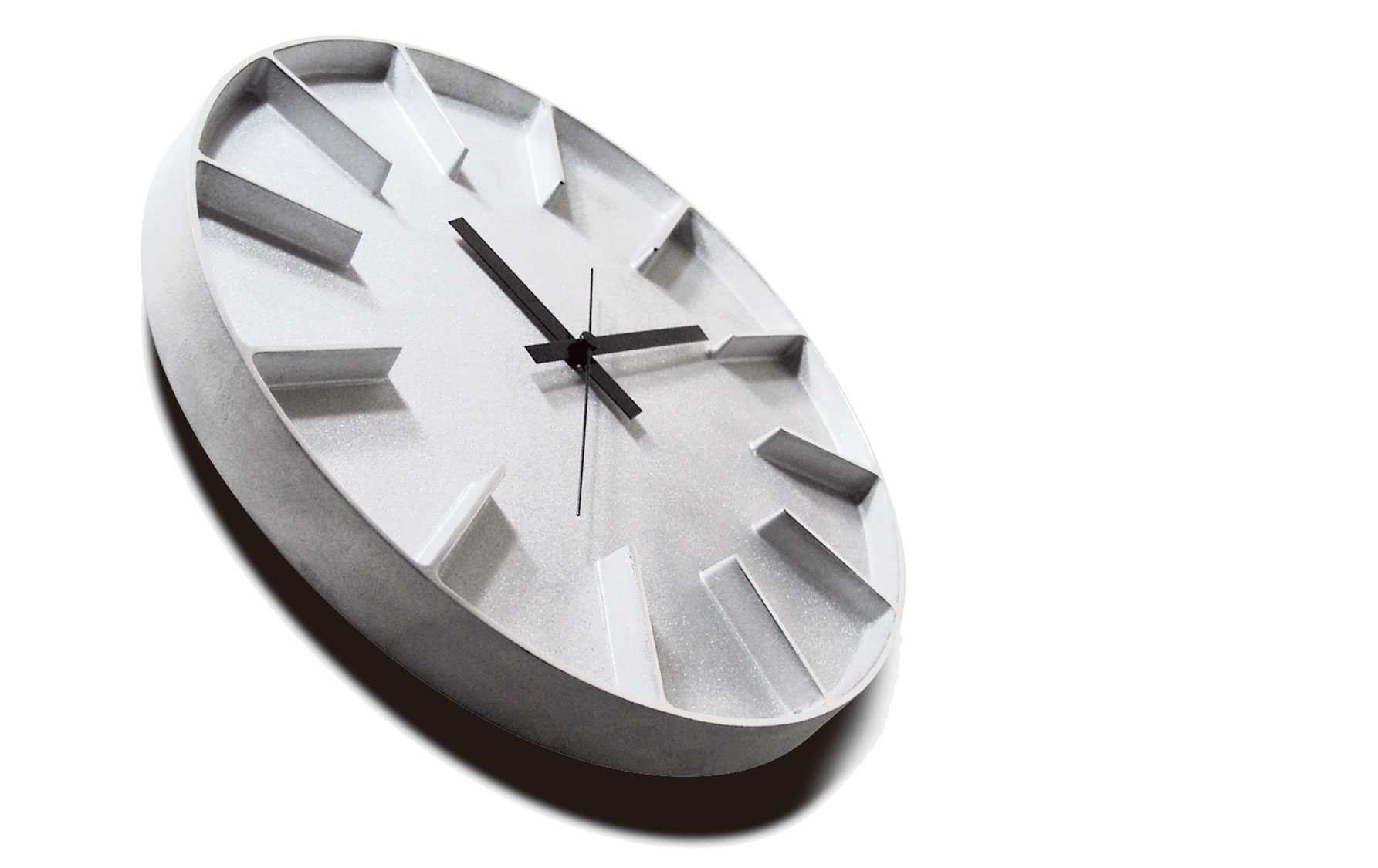
Story Vol.2
The Timeless Standard: A Clock True to Itself
Designed by Shin and Tomoko Azumi, this aluminum clock is crafted using the highly acclaimed aluminum integral casting technique. Its bold design makes a strong impression, while remaining timeless.
The Timeless Standard: A Clock True to Itself
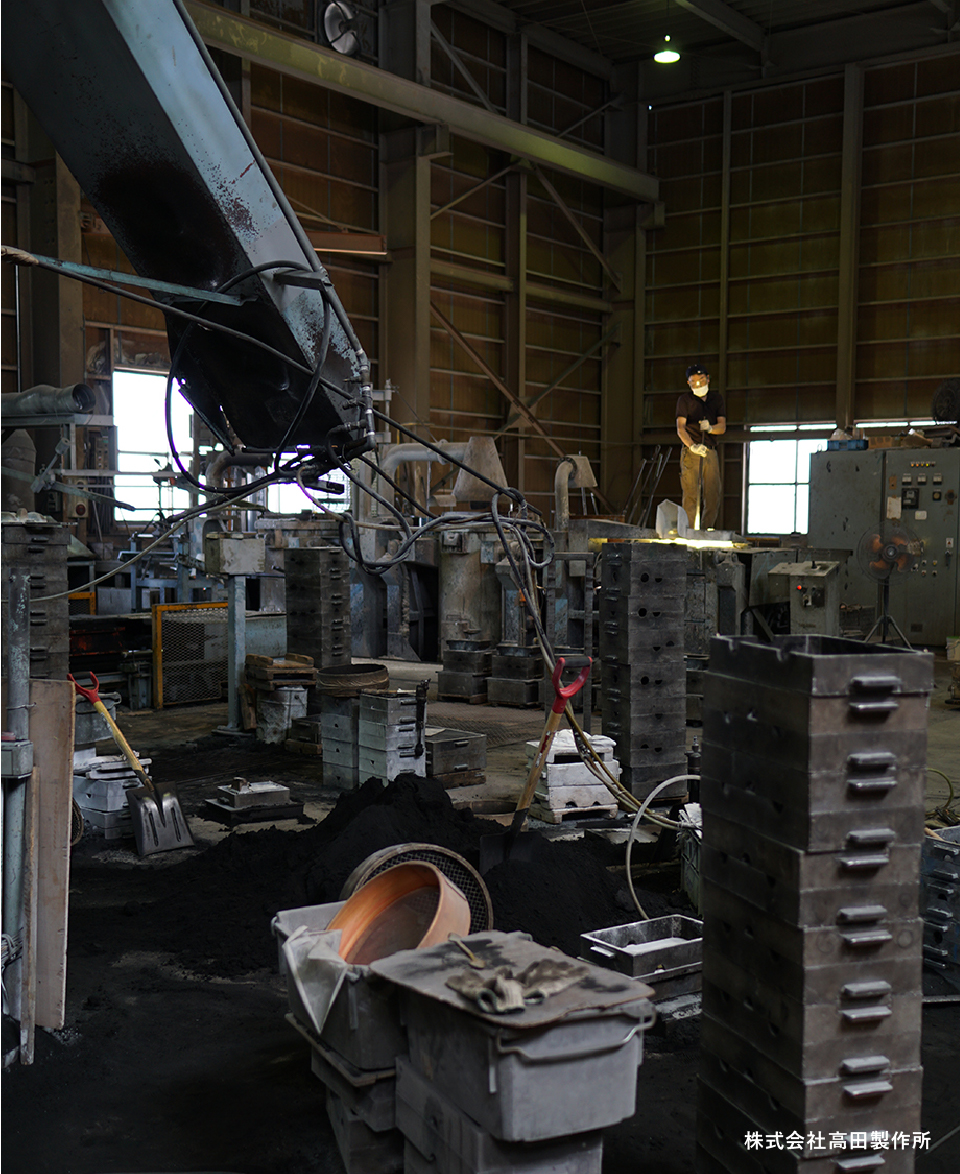
I have always loved visiting factories. Each has its own distinct character, and witnessing their refined techniques sparks my imagination, as I wonder how these skills might be transformed into a new product. It is a truly joyful moment.
When I visited the client’s factory for this project, I was amazed by the sophistication of their aluminum sand-casting techniques, far beyond anything I had ever seen in the UK.
I resolved to push these techniques to their absolute limits, and that’s how the design process began.
The theme was the timeless standard: a clock true to itself. We aimed for a design that captures the sharp, precise beauty of metal mechanical parts.
Shin Azumi
A Journey of Trial and Error: Turning the Impossible into Reality
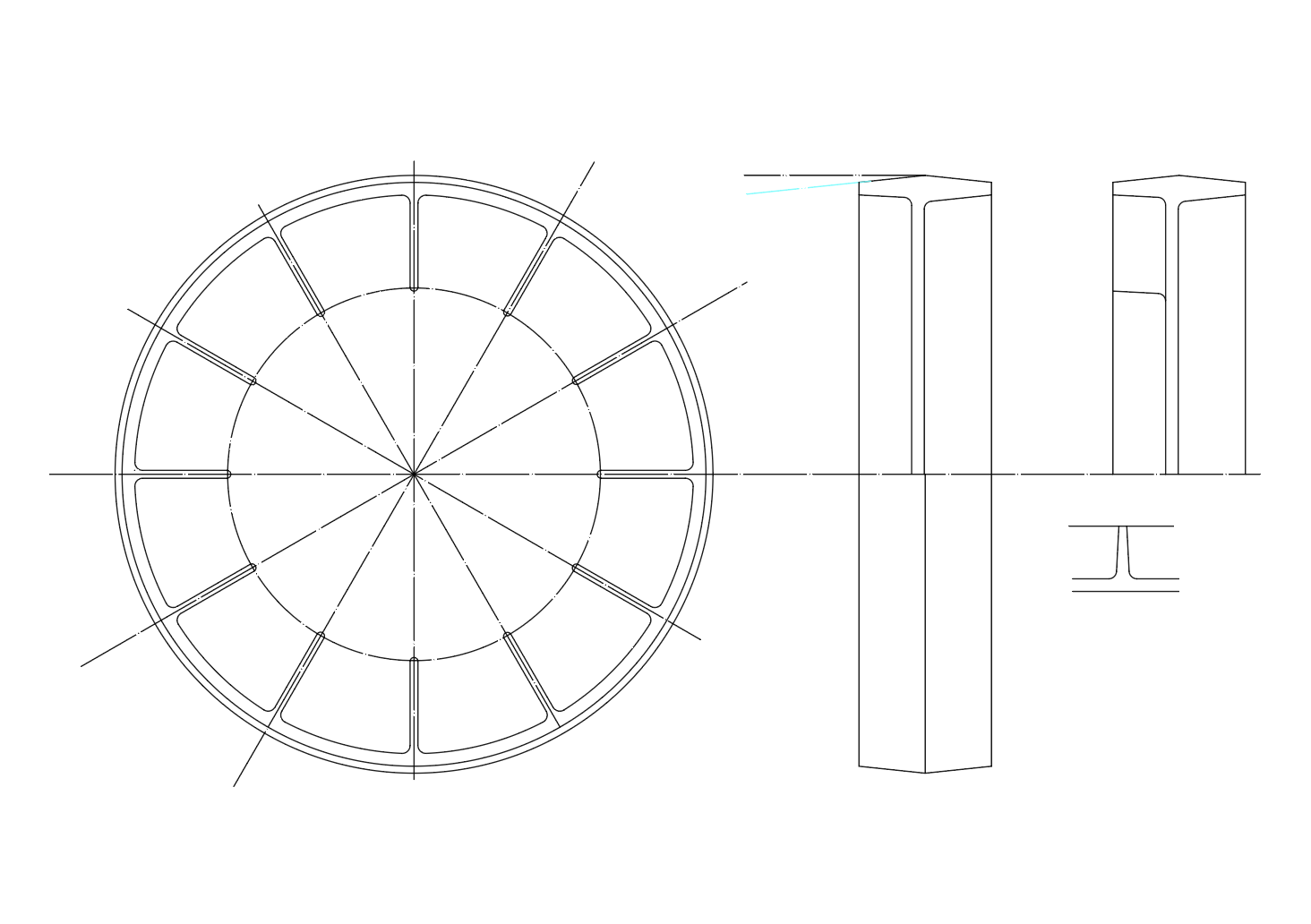
In 2000, when the London-based design unit Azumi visited Toyama Prefecture, we invited them to propose a design for a wall clock using aluminum casting.
A few months later, the design arrived from London, and its simple, sharp form instantly fueled our team’s creative energy.
Yet, with casting, the simpler the design, the less margin there is for error or deception. Achieving flawless simplicity demands exceptional precision and skill.
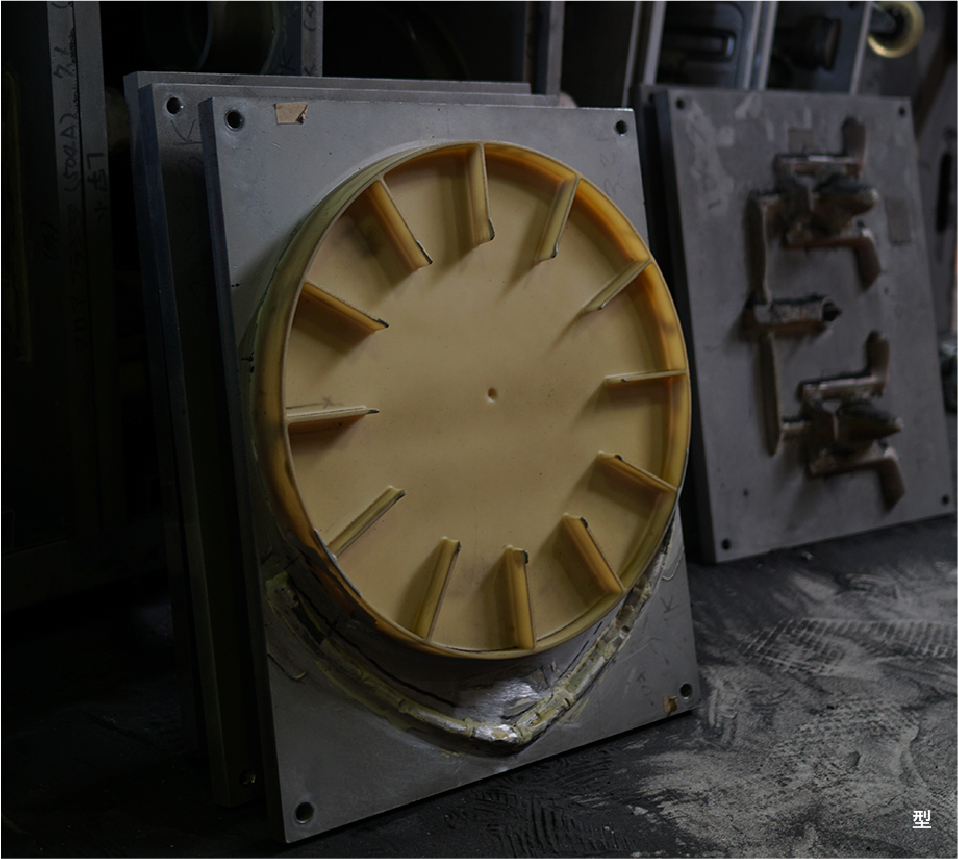
In casting, a draft angle is normally essential for removing the mold. However, this design—with its perfectly vertical indicators—would lose its integrity if such an angle were applied. Moreover, the large flat surface posed a risk of imperfections from molten metal flow.
Creating the master prototype was a process of continuous trial and error. Ultimately, we carved it from a solid block of high-precision resin, preserving the sharp edges as faithfully as possible.
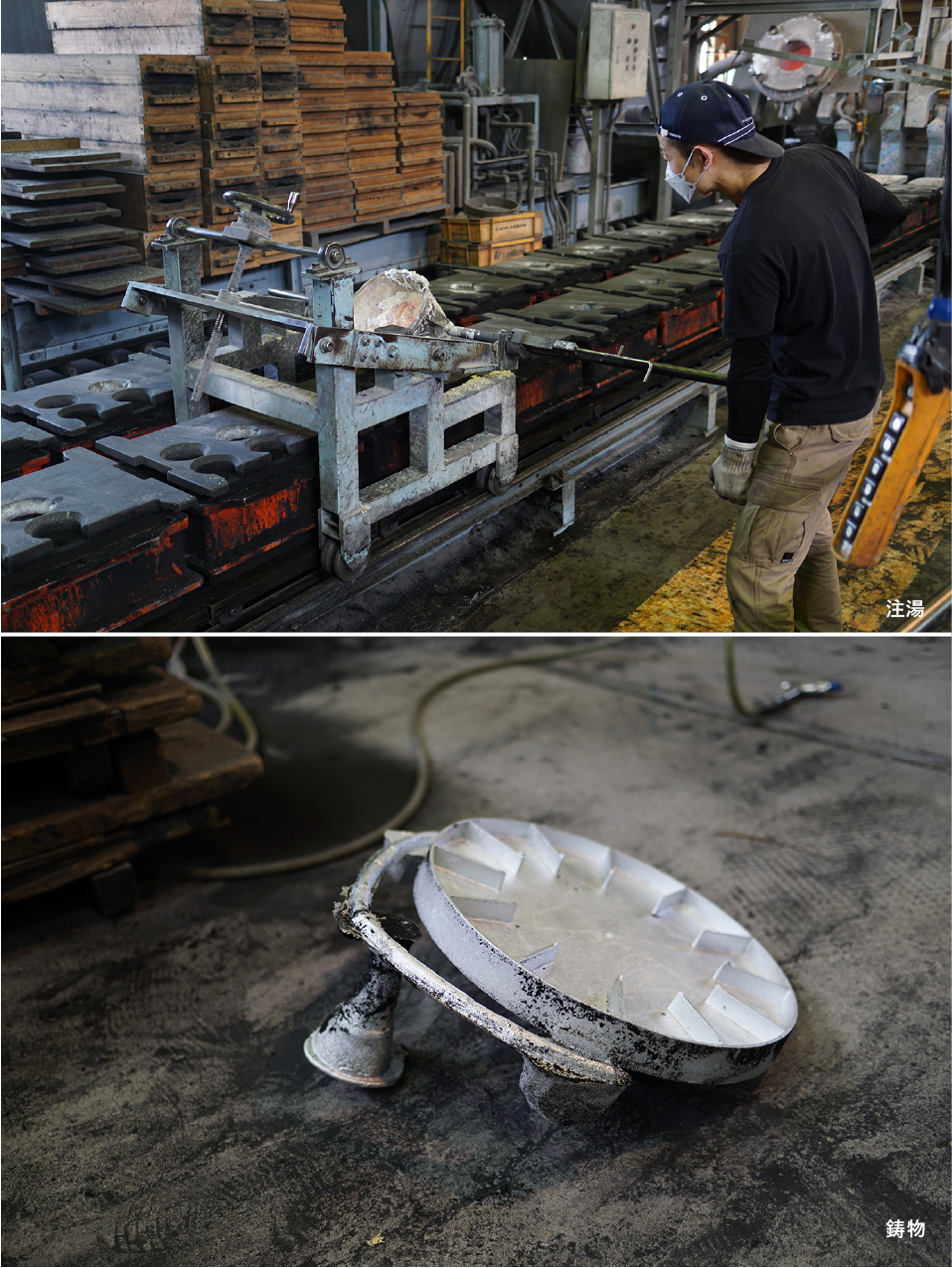
The casting process also presented numerous challenges.
Typically, a draft angle of six degrees is required for green sand casting. However, to achieve the design, we pushed the limits and reduced it to just 2.5 degrees, a level that was once thought impossible. The material used was aluminum alloy AC7A, which offers excellent corrosion resistance and beautiful luster, yet its poor molten flow makes it notoriously difficult to handle.
To overcome these challenges, we adjusted the composition of the sand additives used in the mold and reexamined every aspect of the casting process, from temperature control to the runner design and pouring sequence. Through repeated errors, we gradually discovered the optimal method.
In February 2002—nearly a year after the initial design proposal—the clock finally came to life.
The “edge” in the name edge clock carries a dual meaning. Besides “sharpness,” it also conveys “enthusiasm.”
This clock is the result of the designers’ and artisans’ passion and dedication for craftsmanship, something we invite you to appreciate up close.
Hiroshi Takata
President of Takata Lemnos Inc./Vice President of Takata Factory

Shin Azumi
Product designer, born in 1965 in Kobe, Japan. He graduated from Kyoto City University of Arts in 1989. In 1994, he took an M.A. in Industrial Design at the Royal College of Art, UK. He worked at design unit “AZUMI” for 10 years from 1995. In 2005, he established the “a studio” design office and has worked with international companies, focusing on the design of products and furniture.
Many of his award-winning designs can be found in museums around the world. Professor at HOSEI University. Visiting professor at Osaka University of Arts, Akita University of Art, and Kyoto City University of Arts.
http://www.astudio.biz/
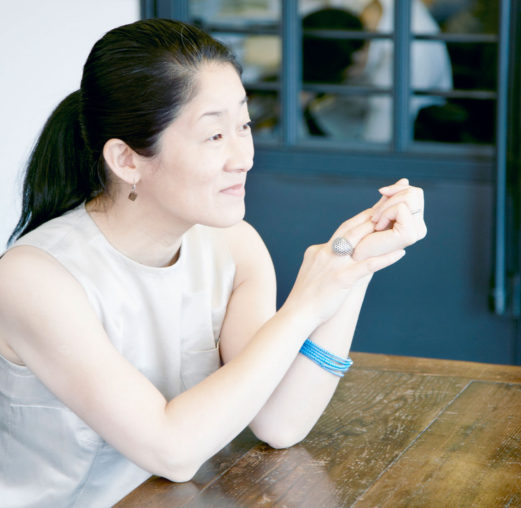
Tomoko Azumi
Born in Hiroshima, 1966. In 1989, she graduated from the Department of Environmental Design at Kyoto City University of Arts. After working at an architect’s office in Tokyo, she moved to London in 1992 to study Furniture Design at the Royal College of Art, graduating in 1995. She then began work at design unit “AZUMI”. In 2005, she established “t.n.a. Design Studio”. With a focus on furniture, she has designed lighting, jewelry, shop interiors, and the spatial composition of exhibitions. From 2007 to 2012, she served as a juror for the Good Design Award.
https://www.tnadesignstudio.co.uk/
